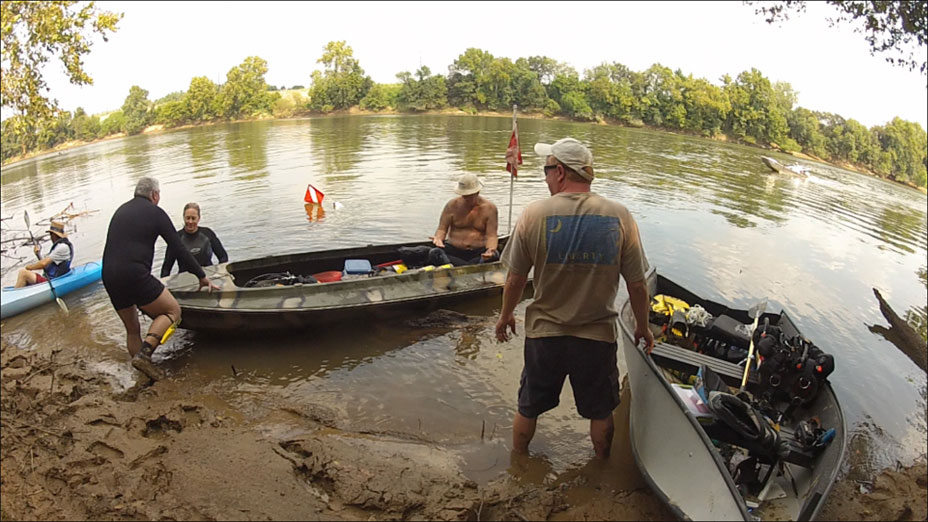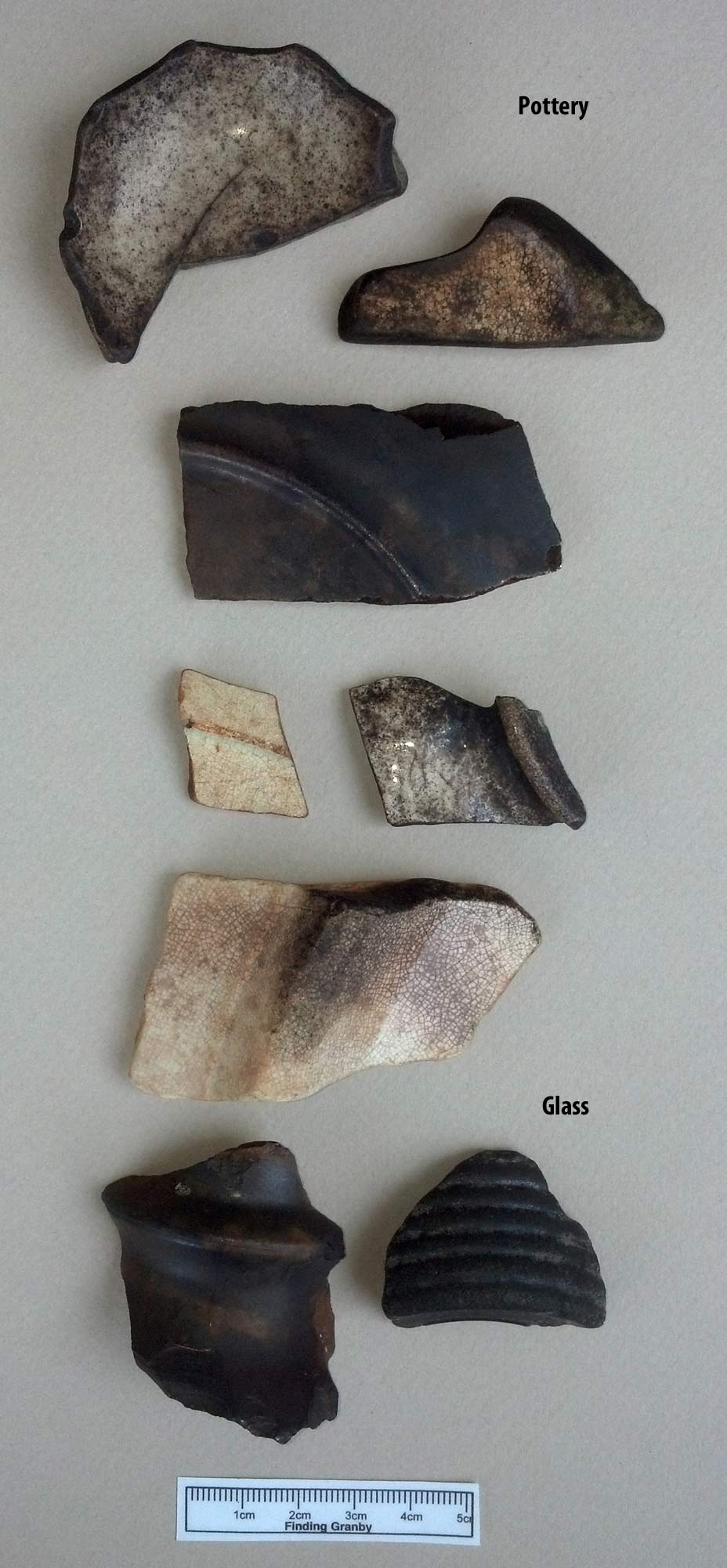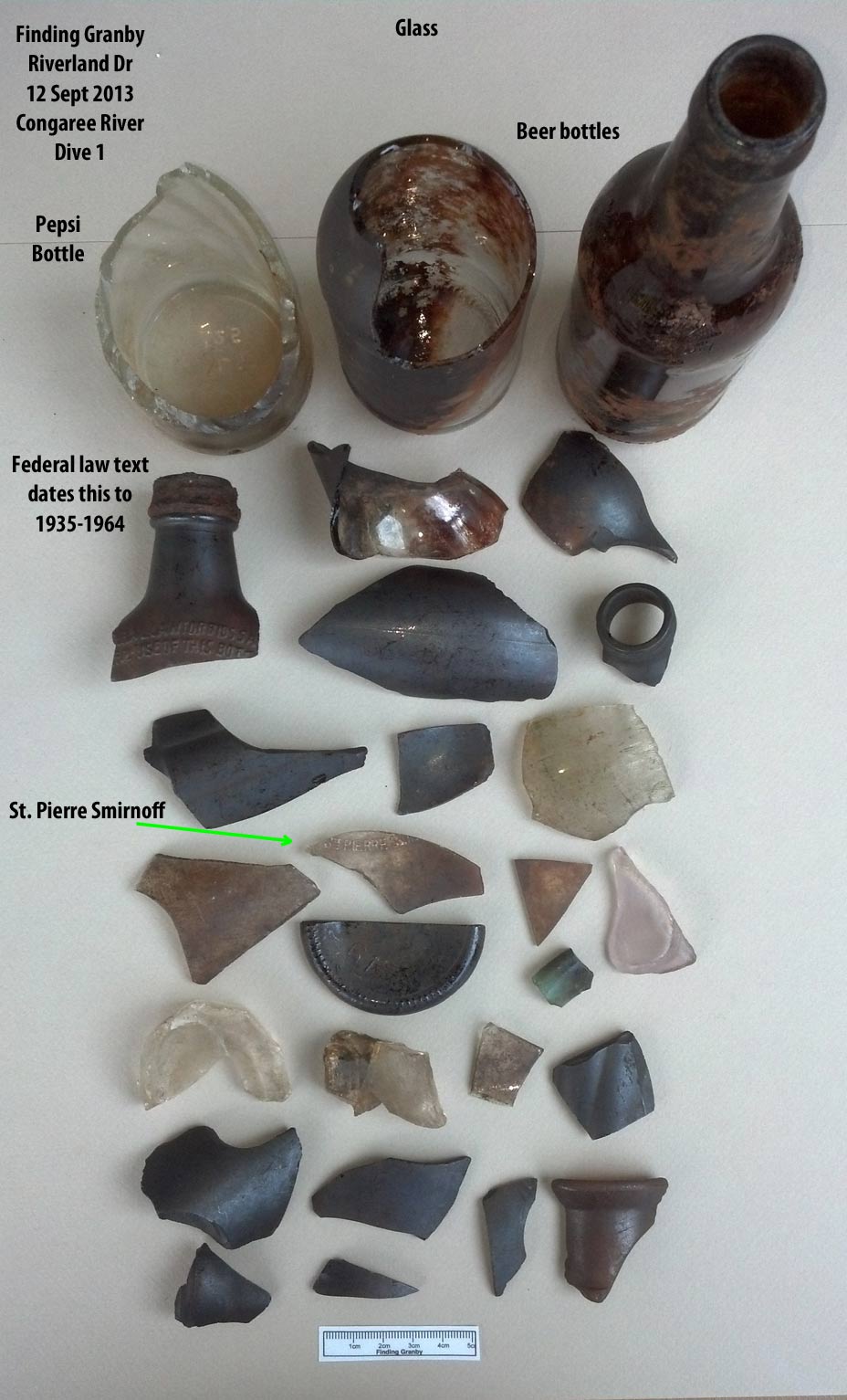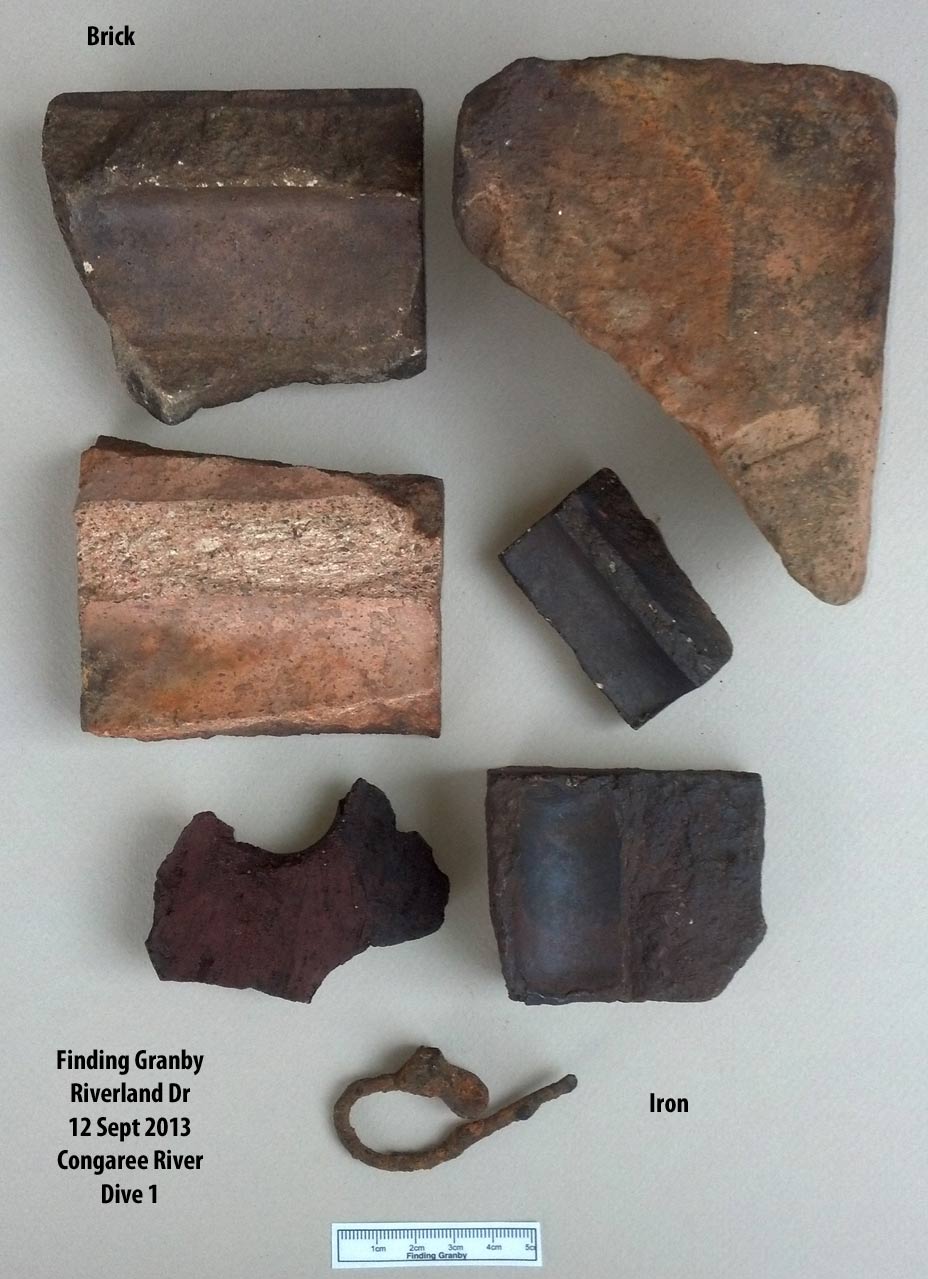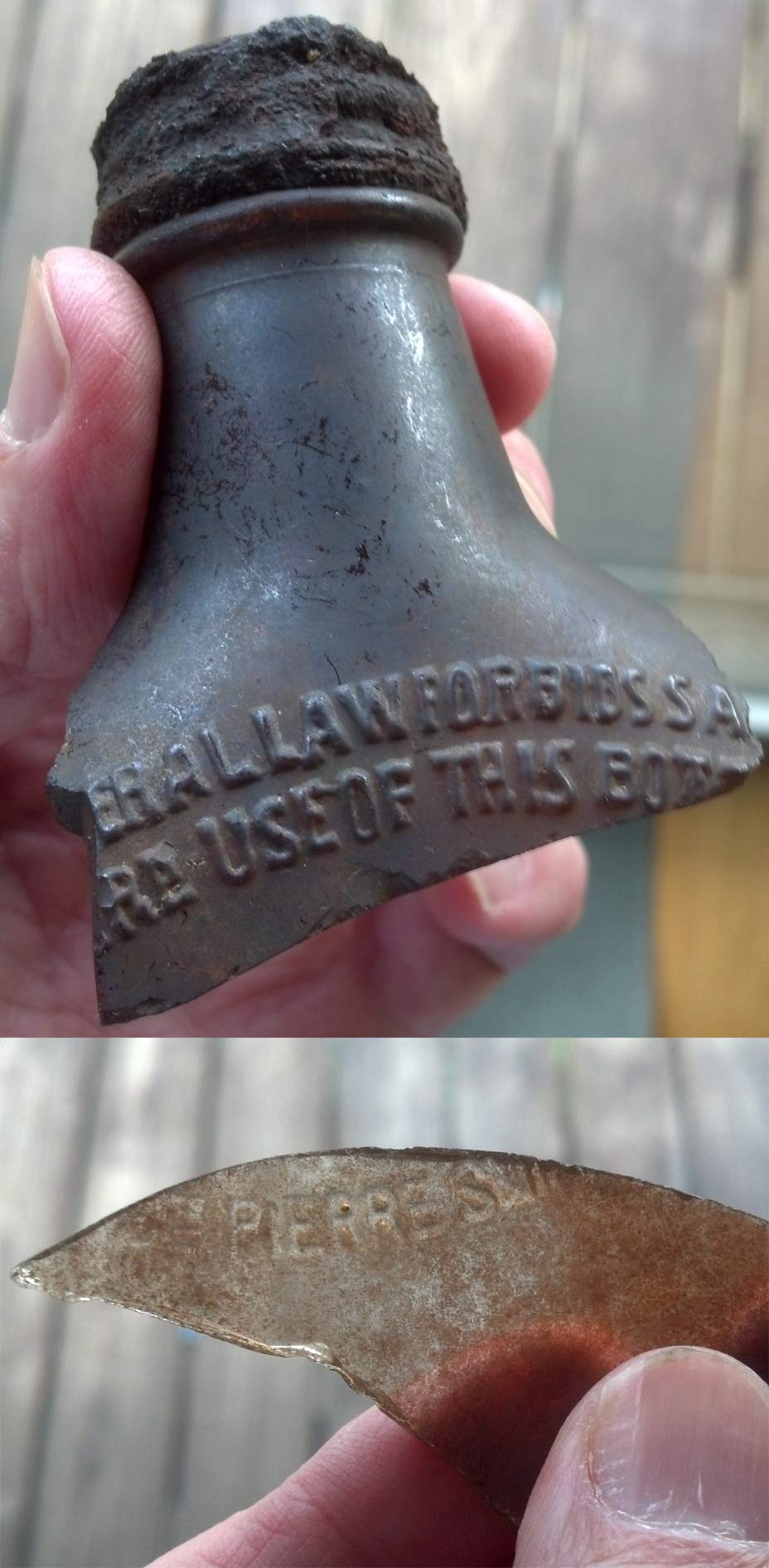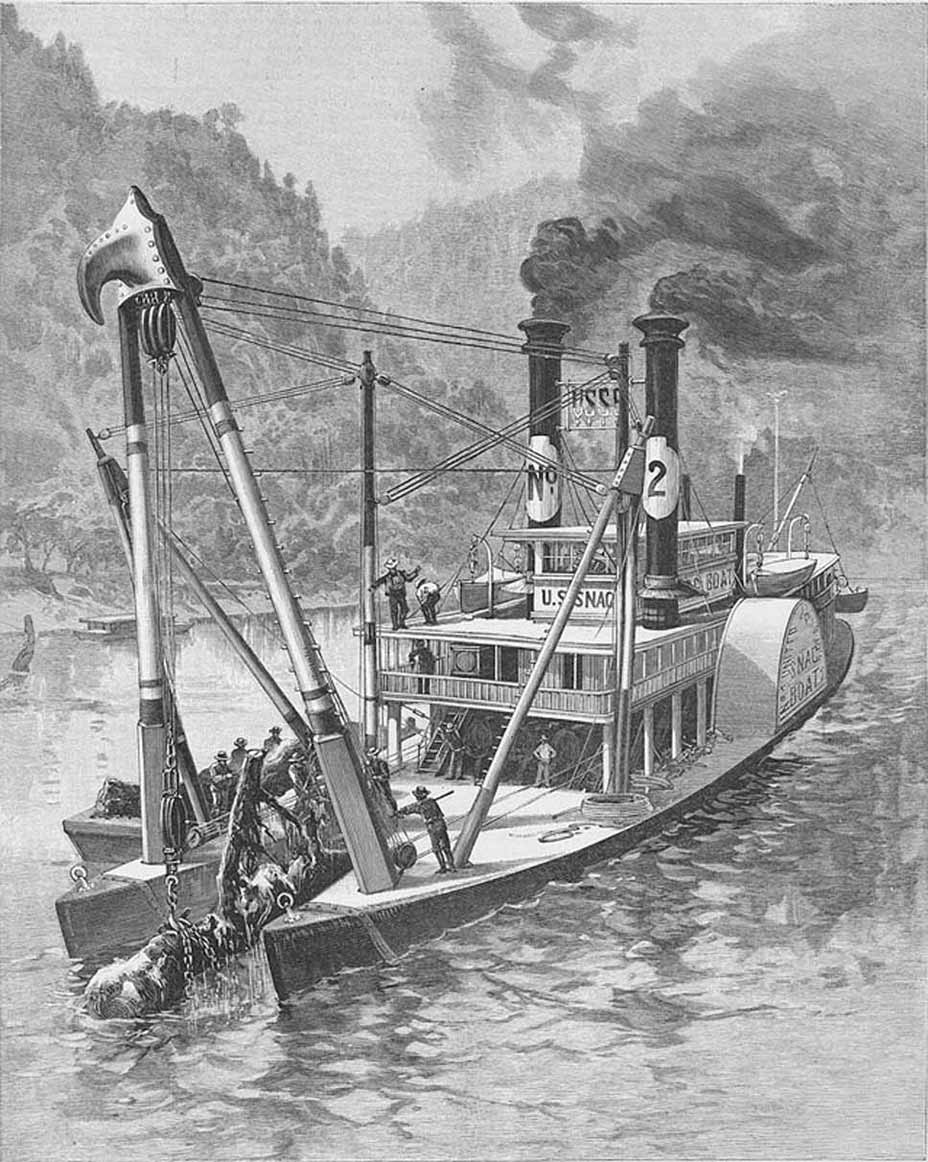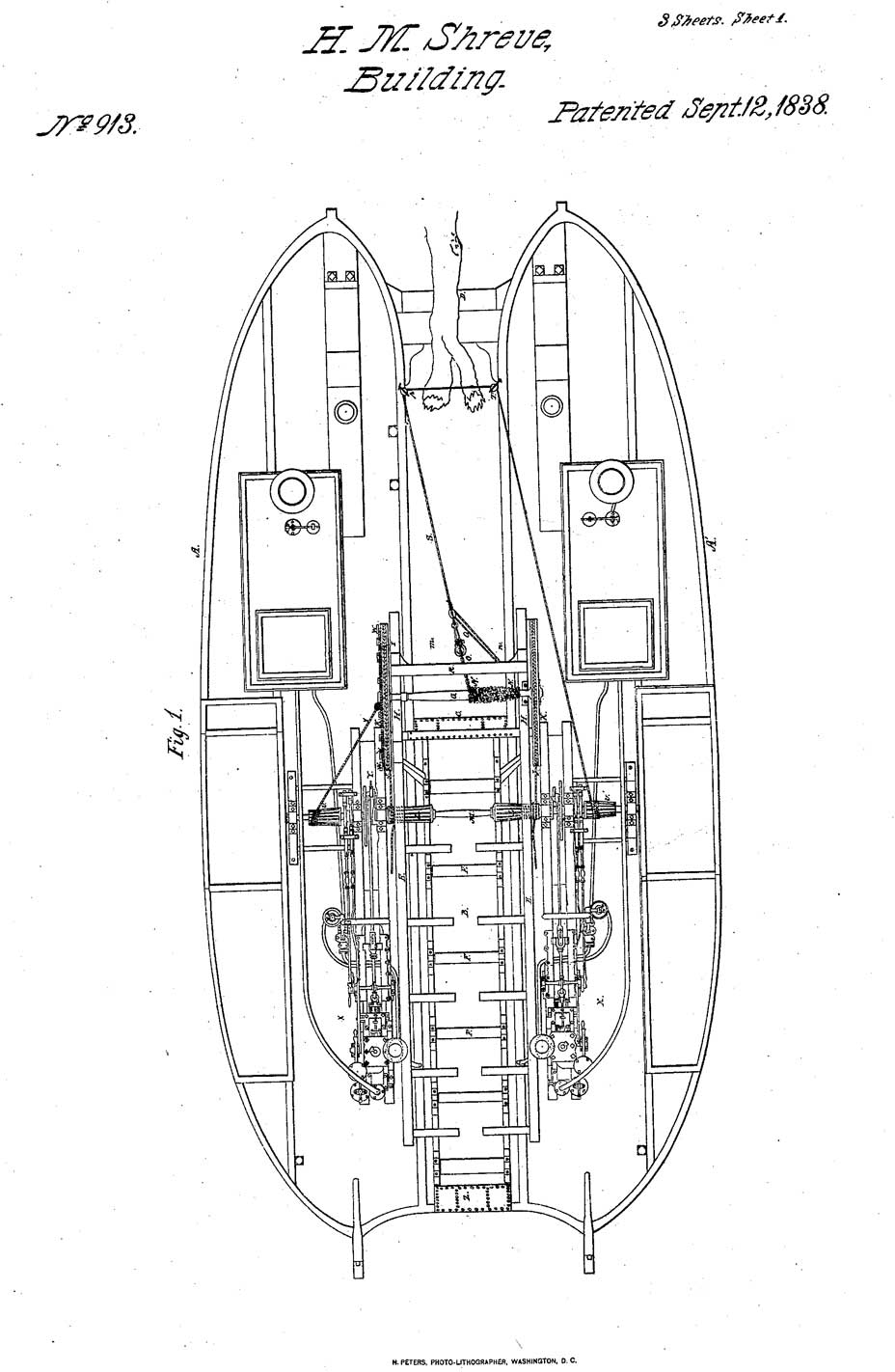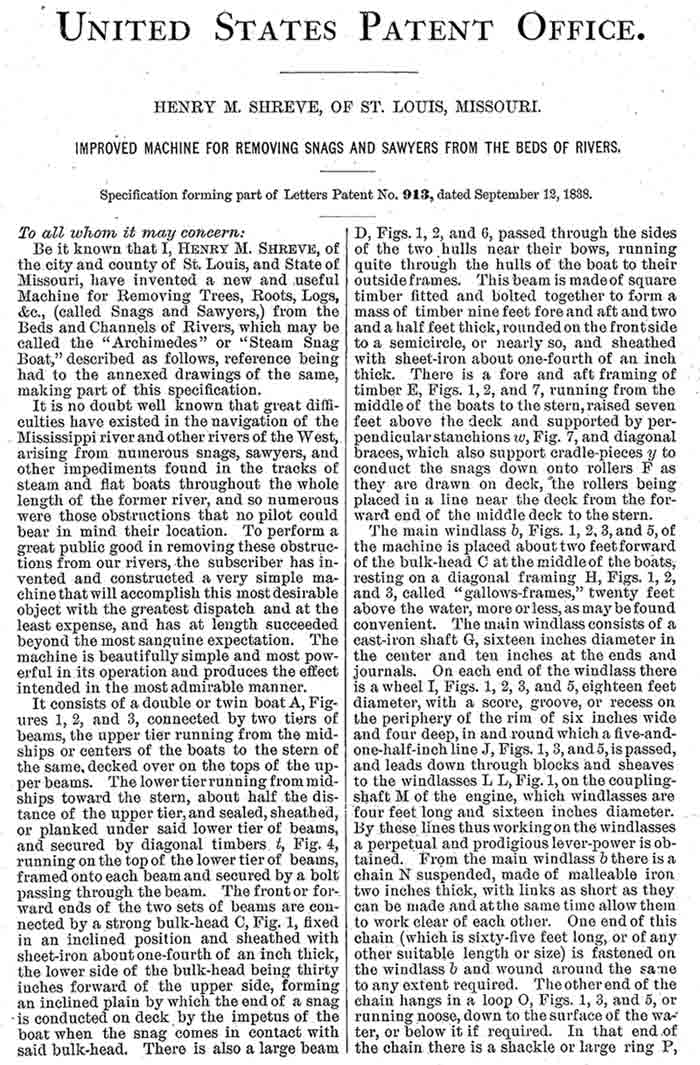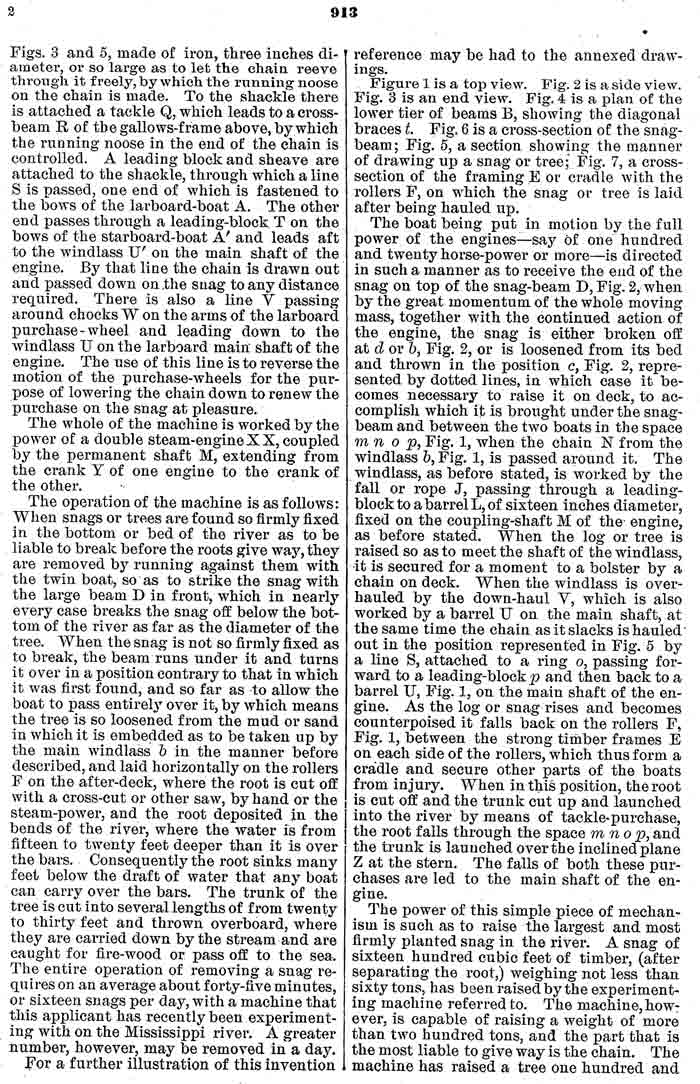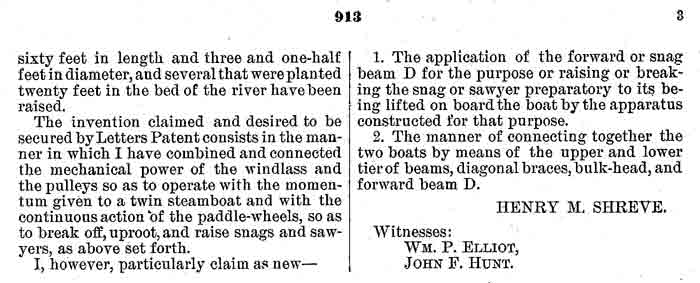Granby Dive 1
Completed on September 12, 2013 by divers Jimmy Armstrong, Rob Murray, and Catherine Sawyer. Granby dig team members Dean Hunt, DC Locke, and David Brinkman provided shore and boat support. The main objective of the first Granby dive was to look for additional proof of the location of Wade Hampton's 1796 bridge. Just 5 days before, Jimmy and David spotted what appeared to be possible foundation stones of the bridge directly across the river from where a possible ferry structure was found several years before. That ferry was believed to be Friday's Ferry and it was documented that Hampton built his bridges at Friday's Ferry site.
We started loading supplies into David's and Jimmy's boats at 10AM and left the boat ramp at about 11AM. As we approached the foundation stones we noticed the river was about a foot lower than 5 days ago and we were disappointed to see that the lower portion of one stone had dynamite holes drilled in it. Dynamite was not invented until after the Civil War so this stone was definitely not part of Hampton's foundation. Never-the-less, Catherine, Rob, and Jimmy did an underwater search of the area. We were again disappointed when it was found that the river rock bottom was not reachable (very deep sand and gravel). We were hoping to find 1.5" bolt holes and poured lead where Hampton's bridge piers were attached to the river bottom (which is described in historical documents). That would not be possible.
While searching, the diver's brought up a good number of glass pieces and a couple of iron pieces but they all appeared to be 20th century. While the divers were underwater, Dean took the Kayak to search the other side of the river while DC and David searched the east river bank (not an easy task with knee-deep mud at the bottom and a steep bluff to scale searching for signs of a bridge).
After a couple of hours, we moved the search to the other side of the river at the location of the ferry structure. Underwater examination of the structure reveled some new details which lead us to believe that the structure is attached directly to the ground making it look more like a ferry ramp/dock than a part of Hampton's bridge. More diving in the area led to the recovery of two Colonial period pottery pieces which were very worn and stained from the river. We also pulled out a nicely cut 12' long wood plank which was not part of the ferry structure but possible something from an old building. It appeared to be partly burned and we wondered if it could be a part of the 1865 Broad River or Grevais Street bridges which were burned by Confederates to stop Sherman's invasion of Columbia. We returned this piece to the river so it would be preserved.
While David, DC, and Rob, finished the Ferry site dive, Dean, Jimmy, and Catherine went down to the location where we believe Fort Congaree II (1748) was located. A Riverland Park resident told us that a ferry structure and mechanism was in the river off this site. The divers quickly determined that the object was a large boat and dock with the overall size maybe being 60 feet long. They described wheels on the sides of the boat and Dean was pretty sure this was a steam powered snag boat used in the 1800's to clear the river of trees to allow for boats to pass between Charleston and Granby. With little time left in the day, we decided another dive would be needed to investigate the sunken boat and dock.
Rob and David, while traveling back from the Ferry Site, noticed many pottery pieces in the sandbar in about 3 foot deep water off the ferry site. Another dive would also be needed to investigate this location.
After the dive, David did some research and found images of a standard U.S. Army Corp of Engineers Snag boat from 1888 which was based on a design patented in 1838 (see images below). The images looked similar to what the divers may have seen so the snag boat is worth further research and examination. The snag boat site also gave us 4 pieces of pottery but they were not as old as the pieces found at the ferry site which goes along with the possible date of the snag boat which would be 19th century.
So, in summary, our primary objective (finding proof of Hampton's bridge) was not achieved. In fact, we may have proven that the wood structure in the river is from the ferry and not a bridge. We are back to square one on the Hampton bridge but we have additional ferry evidence and a new "Snag Boat" project. You never know what you will find in this kind of work. We all had a good time and look forward to more digs and dives.
Click here to see video and highlights of the first dive.
Dive 1 produced: 6 pieces of pottery, 29 pieces of glass, and 2 iron pieces.
